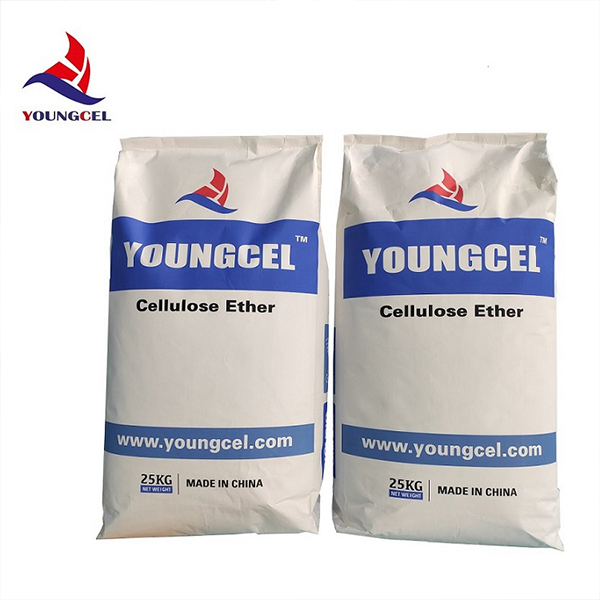The Evolution and Importance of HPMC Manufacturing in the Pharmaceutical Industry
Hydroxypropyl Methylcellulose (HPMC) is a synthetic polymer derived from cellulose, a natural polymer found in plant cell walls. HPMC has gained significant importance in various industries, particularly in pharmaceuticals, due to its unique properties and versatile applications. The manufacturing of HPMC has evolved over the years, driven by technological advancements and an increasing demand for high-quality excipients in drug formulation.
HPMC is widely used as a thickening agent, film-forming agent, and stabilizer in pharmaceutical formulations. Its ability to form gels and retain moisture makes it an ideal candidate for various dosage forms, including tablets, capsules, and hydrophilic gels. By acting as a binder in tablet formulations, HPMC enhances the mechanical strength of tablets while ensuring consistent drug release profiles. Furthermore, its water solubility allows for easy integration into both hydrophilic and hydrophobic drug formulations.
The Evolution and Importance of HPMC Manufacturing in the Pharmaceutical Industry
Quality control is paramount in HPMC manufacturing, given its critical role in pharmaceuticals. Manufacturers employ stringent quality assurance measures throughout the production process to ensure that the final product meets pharmacopeial standards. These measures include regular testing for viscosity, degree of substitution, and microbial contamination. Such rigorous quality control not only ensures the safety and efficacy of the pharmaceutical products but also builds confidence among formulators and regulators alike.
hpmc manufactur

The pharmaceutical industry has seen remarkable growth in the demand for HPMC, primarily driven by the increasing focus on innovative drug delivery systems. The rise of biopharmaceuticals and complex formulations has necessitated the use of excipients that enhance drug solubility and bioavailability. HPMC has emerged as a preferred excipient for immediate release and controlled-release formulations, enabling manufacturers to improve therapeutic outcomes.
Moreover, HPMC’s versatility extends beyond pharmaceuticals. It is also used in food, cosmetics, and construction industries, serving as a thickener, binder, and film-forming agent. This cross-industry applicability has further cemented the importance of HPMC and led to increased investment in its production and research. Manufacturers are continuously exploring new applications and formulations of HPMC to meet diverse industry needs and enhance product performance.
In recent years, sustainability has become a focal point in HPMC manufacturing. With growing environmental concerns, many manufacturers are seeking eco-friendly production methods and raw materials. This shift aligns with global initiatives to reduce plastic waste and promote sustainable practices across industries. Innovations in production processes that minimize environmental impact while maintaining efficiency are becoming increasingly important.
In conclusion, the manufacturing of Hydroxypropyl Methylcellulose is a vital aspect of the pharmaceutical industry, driven by its unique properties and diverse applications. As the demand for advanced drug formulations continues to rise, HPMC will play an essential role in shaping the future of pharmaceuticals. Manufacturers must remain committed to quality control and sustainability to ensure that HPMC meets the evolving needs of the industry and contributes to the development of safer, more effective medications. The evolution of HPMC manufacturing not only highlights the polymer's significance but also underscores the continuous innovation within the pharmaceutical sector.






